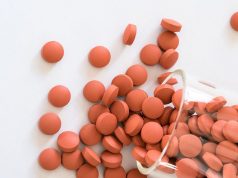Inverse links also found for PA and HbA1c, diabetic ketoacidosis, retinopathy, microalbuminuria
FRIDAY, June 12, 2015 (HealthDay News) — For patients with type 1 diabetes, regular physical activity (PA) is beneficial for glycemic control, diabetes-linked comorbidities, and cardiovascular risk factors, without apparent increase in adverse events, according to a study published online May 26 in Diabetes Care.
Barbara Bohn, from the University of Ulm in Germany, and colleagues examined the correlation between PA and glycemic control or cardiovascular risk in a cohort of 18,028 adults with type 1 diabetes. Participants were classified according to self-reported frequency of PA (inactive, one to two times per week, and more than two times per week).
The researchers found that PA was inversely correlated with hemoglobin A1c, diabetic ketoacidosis, body mass index, and dyslipidemia (all P < 0.0001), as well as hypertension (P = 0.0150). In addition, PA was inversely associated with retinopathy and microalbuminuria (both P < 0.0001). No difference was seen between the PA groups in terms of severe hypoglycemia (assistance required) (P = 0.8989); there was an inverse correlation for PA with severe hypoglycemia with coma (P < 0.0001).
“In conclusion, being physically active is associated with reduced cardiovascular risk and better glycemic control without an increase in adverse effects,” the authors write. “Therefore, PA should be promoted in patients with type 1 diabetes.”
Copyright © 2015 HealthDay. All rights reserved.








